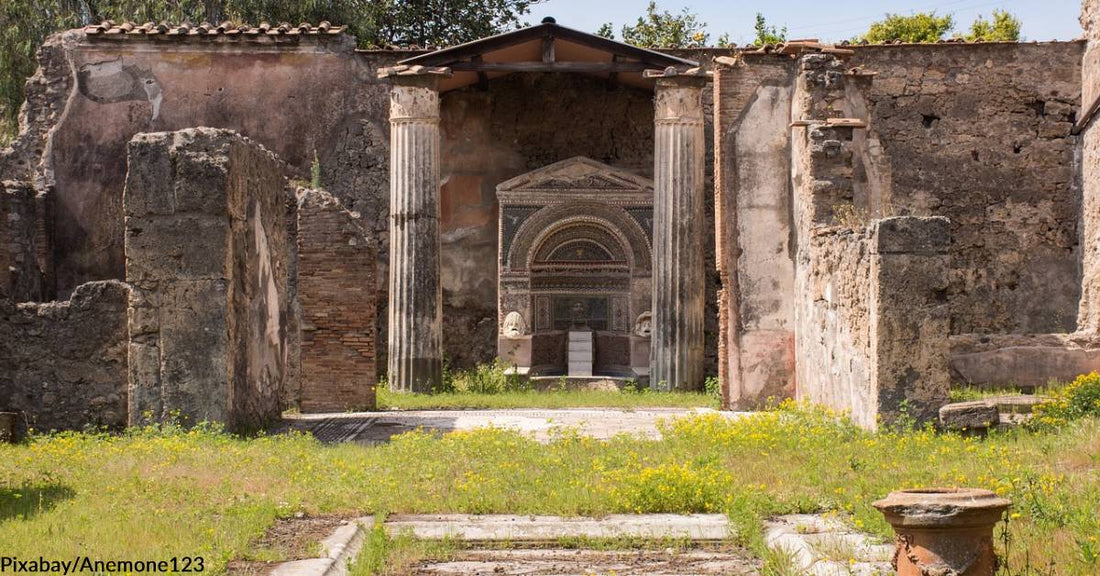Sheep are Helping Archaeologists Preserve the Ancient Ruins of Pompeii
Rebecca West
In AD 79, the Roman city of Pompeii was buried under tons of pumice and volcanic ash when Mount Vesuvius blew its top. Since its location was identified in 1748, archaeologists have uncovered roughly two-thirds of the 163-acre site. Much of what has been unearthed has left the world stunned at its magnificence and examples of advanced living, like its complex water systems.
Among the recent discoveries are vibrant frescoes, eateries known as thermopoliums, a cart or carriage labeled the Lamborghini of its time, and the skeletal remains of people and horses killed during the eruption and ensuing pyroclastic surges.
But it's what's yet to be explored that has archeologists concerned almost as much as protecting what's already been exposed. In fact, preserving the unexplored segments from erosion has become a priority for the site's caretakers.
"If grass and other plants grow in or on the ancient walls and houses, this is a problem. So we try to have a sustainable approach to the whole environment in order also to avoid using substances then to avoid growing plants — having plants growing on the walls and ruins," said Gabriel Zuchtriegel, director of the Pompeii Archaeological Park.
That sustainable approach includes deploying a flock of 150 sheep to Regio V, a grassy northern section of the city dotted with the remains of ancient homes and shops. Still off limits to visitors who flock to Pompeii each year during tourist season, archeologists have begun new excavations there as part of their conservation efforts.
With plant life contributing to the degradation of the site, sheep are considered a non-toxic solution to unchecked growth.
Zuchtriegel, who noted that the sheep help save money and preserve the landscape, stated, "It's also something which really gives an idea of how Pompeii was in the time when it was rediscovered. It was woods, vineyards, sheep — it was this kind of rural environment, and in the midst of that, you had Pompeii."




